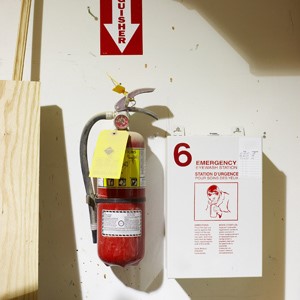Portable fire extinguisher basics

Fires can be dangerous and costly, and a portable fire extinguisher can be an effective tool to help control or put out early-stage fires.
Fire extinguishers are classified by the type of fire they will extinguish and include:
• Class A: used for fires involving ordinary combustibles such as paper, cloth, wood, rubber, and many plastics
• Class B: used for fires involving flammable liquids such as oils, gas, some paints, lacquers, grease, and solvents
• Class C: used for fires involving electrical equipment such as wiring, fuse boxes, energized electrical machinery, computers, or other electrical items
• Class D: used for fires involving powders, flakes, or shavings of metals such as magnesium, titanium, potassium, and sodium
• Class K: used for fires involving cooking fluids such as oils and fats
Most handheld fire extinguishers use the P.A.S.S. technique to operate:
• Pull the pin. This will prepare the extinguisher for use and break the tamper seal.
• Aim the extinguisher nozzle low, at the base of the fire
• Squeeze the handle to release extinguishing materials
• Sweep the nozzle back and forth at the base of the fire until it appears to be out. Then watch. Repeat the process if the fire begins to flame back up
Take time to develop an emergency action plan for fire safety. With the proper planning, fire safety equipment, and training, companies can help protect workers and property.


